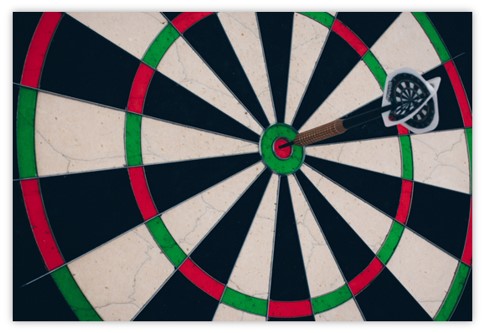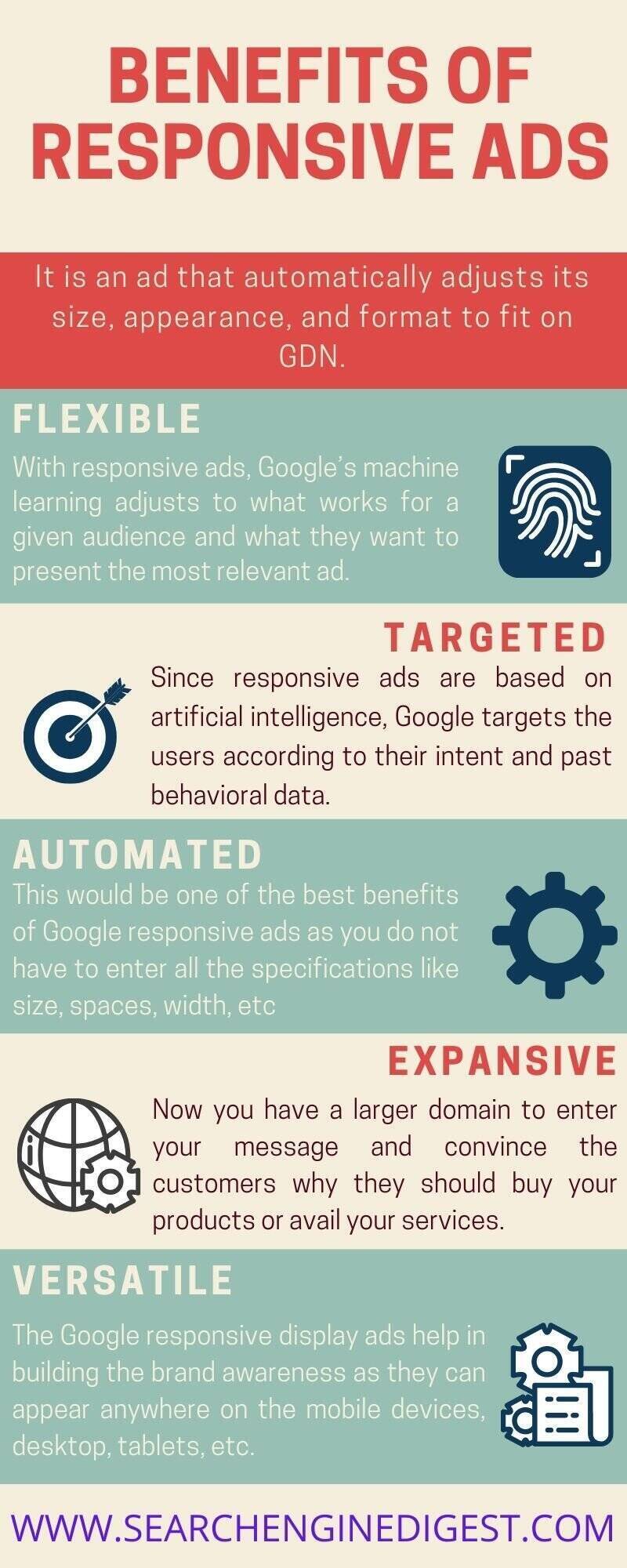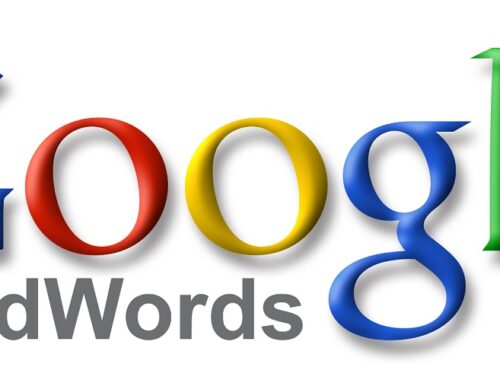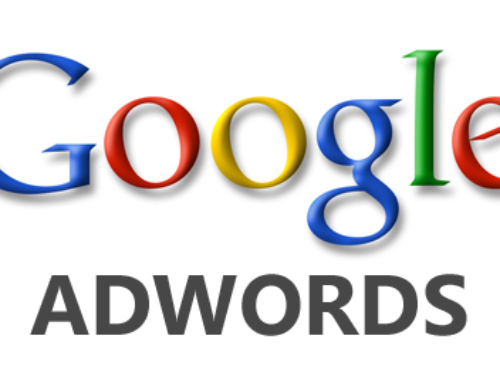Over the past few years, the world of paid advertising has evolved significantly. With around 3.5 billion searches per day, Google gives you the best opportunity to get in front of a huge audience. You can plan strategies to increase your click-through rate, reduce cost-per-click, increase conversions which ultimately results in an increase in sales and generate higher revenue for your business and fulfil other goals.
In PPC ads, you have to pay money for every click made on the ads. Responsive ads are a type of ads by Google that help you reach your goals in a set span of time. In PPC ads, you have to follow an appropriate advertising strategy and conduct proper keyword research to increase the position and rank of your ad, increase the traffic on your landing page, and monitor the return-on-investment on your ad budget. But in responsive ads, all this is done by Google’s artificial intelligence after you enter the details of your ad.
With many new PPC tools and features, you now have more dynamic ways of reaching the target audiences. One of the biggest changes in Google Ads was the introduction of responsive ads. The need for responsive ads is more significant than ever, as these ads can be seen as ads with flexible sizing and are also used within a range of Google products such as Google Display network, Google AdSense, Google Ad manager, Google Ads, etc.
What are responsive ads?
Responsive ads are a type of ad that can adjust or transform their size enabling them to fit a broader range of ad units and screens. Using Google responsive ads, you can do ad set up in a way that appears small on one ad unit but large in another. To set up Google responsive ads, you need to input the assets and then Google automatically creates the ads people can see. The assets would include elements such as a headline, description, logos, and an image. The responsive ads just fit across any ad space display network and take on native formatting to match the tone and feel of the websites they appear. Google can then use the information and resize the ads to fit almost any ad space across their network on mobile or desktop.
In the modern age, as we notice that mobile internet usage is significantly increasing than the desktop version, your ads need to adapt to different screen sizes so that you do not lose out on creating meaningful interaction with the audience and in turn, revenue opportunities. Even Google launched mobile-first indexing on July 1, 2019, to predominantly use the mobile version of the content for indexing and ranking. To display the responsive search ads by Google, you need to optimize the landing page for mobile devices, tablets, etc. as the user can look to buy the product or avail services 24/7 across any platform.
Types of responsive ads
Over the past couple of years, Google has been shifting from text ads to a more visual ad unit: responsive ads. The Google responsive ads allow you to automatically optimize your input for more conversions, have a broader audience reach, perform remarketing, etc. now let’s see the different types of responsive ads which are enumerated below:
- Responsive search ads
Responsive search ads are text ads that allow you to enter multiple headlines and descriptions which Google’s machine learning will test, learn, and optimize for the best performing combination according to the search query. This ad type can help to create ads that are more relevant to the ideal customer’s searches. Earlier ads in Google were limited, as the text ads were restricted to two headlines and a single 80-character description line. With the launch of responsive search ads by Google, now a wider scope of ad creativity is available. Now you can create:
-
- Three separate headlines of 30 characters each.
- Two separate description lines with a character limit of 90 characters each
In a static ad, these headlines and descriptions would be displayed to every viewer that sees your ad. However, with responsive ads, you can create a maximum of 15 different headlines, plus 4 different description lines.
After creating your headlines and descriptions, Google Ads will assemble the text into multiple combinations. Then artificial intelligence (AI) does the rest, effectively shuffling the combinations so that users always see the version of your ad that is most closely aligned with their needs and interests. To get the most of responsive search ads by Google provide at least 5 unique headlines that do not repeat the same or similar phrases.
Responsive search ads allow you to enter multiple combinations of headlines and descriptions which Google’s machine learning will test and optimize for the best performing combination. Responsive search ads present several benefits for your business, some of which are listed below.
-
- Greater flexibility for testing – First of all, you have more space in the base content, with three headlines compared to two, and two 90-character description fields rather than a single 80-character line.
A/B testing helps you to optimize your ad campaign, analyze results, plan new ad budget strategies, etc. But A/B testing can be time-consuming, so once you decide to use responsive search ads, you can create up to 15 headlines and 4 descriptions, which means you have a lot of flexibility for testing different ideas.
-
- Save time – Since the search ads are automatic so you do not need to work on adding headlines and descriptions, all this will be done by Google’s artificial intelligence thus saving your time. It allows you to compete in more auctions and reach more targeted customers. This improves your ad group performance and yields the best result for your business.

-
- Continuous optimization – The nature of machine learning is that it gets smarter over time as it collects more data. Further, it minimizes the chances of human error as it is automatic and ensures that the relevant traffic is increased on the landing page, offering more engaging content, and keeping the interest of the user so that they make a purchase.
- Better performance – Responsive search ads tend to attract a higher click-through rate (CTR) than standard ads. This is because they show up in more searches and also because they are more relevant to viewers. As the additional headlines and descriptions are clear, so they probably result in more conversions, improved ad optimization, improved ad performance, increased leads, improved quality score, etc.

- Responsive display ads
Responsive display ads automatically created by Google using the assets that you provide. Google adjusts the size, appearance, and format of your assets to fit available ad spaces on the Google display network. Responsive display ads can consist of the following text elements like long headline, short headline, description, business name.
Responsive display ads are Google’s new default ad format that is powered by Google’s machine learning technology. With this, Google tests multiple inputs by you and then optimizes the best-performing ad combination to display to the audiences. In Google responsive display ads, you can now include the following combination:
-
- A short 25-character headline and a longer 90-character headline.
- Include 205 characters of text and images.
- Add up to 5 descriptions and 5 logos.
Google responsive display ads are generally measured by view-through conversions, meaning that the visitors see your ads but do not click on it instantly, but then convert later. Display ads can boost your organic traffic and works best for brand awareness. This ad type allows you to fill every space on the Google Display Network that may include text and banner ad spaces. Let see how display ads help you make the most for your business:
-
- Build brand awareness – With display ads, you can reach out to a wider range of audiences to build your brand awareness. Since this can be displayed across many platforms like social media marketing, e-commerce websites, etc., and increases your brand visibility anywhere on the web. This also helps in lead generation and get in front of the relevant audiences.

-
- Optimize your input for more conversions – After you provide a few inputs then Google will automatically test different combinations to select the best performing ads. Google’s artificial intelligence automatically optimizes the inputs and then performs different permutations to yield out the best ad to be displayed to the audience, thus increasing the chances of conversions for your ad campaign.
- Stay on top of mind – Since display ads are not limited only to search engines and appear across various platforms, so the audiences view your ads a number of times. This way you can target the visitors with your products or services so that they consider making a click on your ads and finally making a purchase.
- Volume on a budget – The average cost-per-click in display ads is quite low compared to search ads. With this, you can get a decent amount of clicks within your ad budget. So, make sure that you have an attractive landing page that keeps the visitor interested to finally make a purchase.
Responsive search ads v/s responsive display ads: The difference
If you are an expert in PPC advertising or just launching your ad campaign, you may face difficulty in choosing an ad type, whether to go with responsive search ads, responsive display ads, or both. Here is a look at four different factors that can help you decide if responsive search or responsive display ads are best for your PPC goals.
- Search volume – The first difference between the two is that responsive display ads use a push approach while responsive search ads use a pull approach. In other words, people who come across your search ads are already looking for your product, while in display ads customers are targeted to your ads after watching a video, reading emails, or browsing the web. Knowing the difference between these two approaches can help you quickly determine the right strategy to increase your brand awareness.
To help determine just how familiar visitors are with your brand or products, you can use the Google Ads Keyword Planner tool and Google Trends to determine search volume.
- Limited budget – The ultimate goal of PPC advertising is that you get relevant clicks on your ads, heavy traffic on your landing page, can maximize ROI, etc. You can plan strategy whether to choose responsive search ads or responsive display ads depending on your budget and where you can generate more revenue.
If you have a limited budget for your ad campaign, search ads would be the best to start with. This is because search ads have higher conversion rates and with the best strategies your ads can rank higher in the SERPs, thus increasing the chances of converting the leads into customers. Increasing your brand name with responsive display ads will generate a huge amount of money. Once you are ready to put in a larger budget, you can then decide to put in those funds to expand your display network.

- Situation- specific services – If your business deals with urgent services you can consider starting with responsive search ads. Urgent services can include businesses like lab services, healthcare services, illness treatment, preventive care, etc. For such services where you have to target users immediately, responsive search ads will be a better fit than responsive display ads, as you can target customers in real-time. Also, you should optimize your ads for mobile devices as in most emergency situation, there are chances that the audience would search for your products or services via mobile.
- Appearance – Unlike search ads that appear in SERPs, display ads appear at various places on the Google display network that includes specific websites like Gmail, blogs, YouTube, etc. The Google responsive display ads appear across the entire GDN – over 2 million sites reaching over 90% of online users. The display ads can appear in multiple places like social media, banner ads, images, etc. and help in increasing your brand awareness, generating leads, and increasing sales for your business.
Benefits of responsive ads
Let’s look at some of the benefits of responsive ads –
Flexible – The Google responsive ads provide the flexibility to adapt to various devices, more space to share your message with potential customers, add multiple headlines and descriptions. This gives your ad the opportunity to compete in more ad auctions and reach out to potential customers. With responsive ads, Google’s machine learning adjusts to what works for a given audience and present the most relevant ad.
Targeted – Since responsive ads are based on artificial intelligence, Google targets the users according to their intent and past behavioral data. The Google responsive ads display the result only to relevant customers and reach out to them based on specific traits, demographics, interests, etc. With this, only those visitors reach your landing page that have very high chances of converting into customers.

Automated – This would be one of the best benefits of Google responsive ads. Since Google responsive ads are automatic so all the adjustments required to display the ads to the relevant customers are done by Google, which saves time and also improves the performance of your ads. This means you do not have to enter all the specifications like size, spaces, width, etc. for the ad. It’s automated!
Expansive – Earlier there were many limitations on the text to be entered in the ads, but with the launch of new type of ad, you have now more space for your message. Now you have a larger domain to enter your message and convince the customers as to why they should buy your products or avail of your services. You can even add more relevant keywords, add CTAs in the headlines or descriptions to create a more compelling message for your audience.
Versatile – Traditional text ads only appear when a search query is made by the user. With responsive ads, your ads are displayed to users based on their interests which is monitored by Google’s artificial intelligence. This is not only limited to appearing on the search engines but appears across various platforms on the web. The responsive search ads by Google, display the ads to relevant customers by swapping the headlines and descriptions. The Google responsive display ads help in building brand awareness as they can appear anywhere on mobile devices, desktops, tablets, etc.

Round Off
Having discussed how the Google responsive ads work to improve the performance of your ads and reach out to potential customers, you are now aware of why to use them. Both ad formats have their benefits and both can be extremely useful in different situations. However, you must understand the difference between responsive search ads and responsive display ads and figure out when to use which type of ads. After selecting your ad format and creating an ad, you must connect your ads to the relevant post-click landing page so that the visitor finally makes a purchase. If you have any difficulty in setting up these types of ads you can outsource these services to a digital marketing agency.
References
-
306, 2024Understanding Google’s preference for crawling high-quality content
Crawling websites is [...]
-
2905, 2024All you should know about third-party cookies by Google
Cookies have revolutionized [...]
-
2405, 2024Helpful content update by Google to enhance website ranking
Google launched a [...]





Leave A Comment